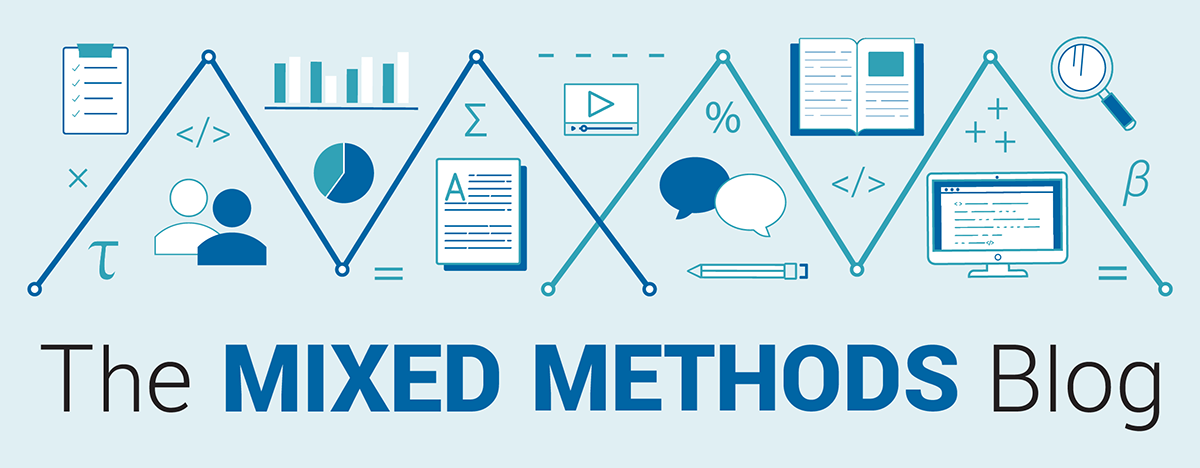The Mixed Methods Blog
Equity and Guided Pathways: Which Practices Help, Which Hurt, and What We Don’t Know

This essay appeared in CCRC's 2018 newsletter.
One of the major challenges to closing equity gaps in higher education is that students from historically underrepresented groups often attend institutions where they are less likely to graduate. Black, Hispanic, first-generation, and low-income students are disproportionately represented at community colleges and open-access four-year colleges, where graduation rates are commonly below 50 percent.
The relatively low graduation rates at many community colleges are perpetuated by structural barriers, including disconnected courses, unclear program requirements, advising services that are difficult to access, and lengthy developmental education sequences that themselves enroll disproportionate numbers of students of color and low-income students. Compounding these challenges is the fact that community college students typically have fewer outside resources available to help them navigate college.
The guided pathways reforms now taking place at more than 250 colleges across the country are designed to break down these barriers. Best known for their emphasis on program maps to help guide students to graduation and beyond, these comprehensive reforms are broad in scope; they are intended to influence all areas of the student experience. Colleges are thus redesigning their programs and processes, clarifying pathways to educational and career success, reforming developmental education, and strengthening student supports. The reforms address major obstacles to student success and have the potential to help close equity gaps in college completion.
But because guided pathways reforms are relatively new, their full potential has yet to be determined. Even if they increase success for most students, colleges committed to equity cannot assume that they will close gaps in outcomes. These are complex reforms, and there is still a lot we do not know about the impacts of the myriad changes in organizational practice and culture entailed in the model. Thus, as guided pathways reforms mature, colleges will need to monitor for unintended outcomes.
For instance, colleges will want to make sure that they are not systematically advising lower income students or students of color into programs that lead to lower paying jobs. Colleges that use predictive analytics to gauge students’ likelihood of program completion could wind up pushing students whose grades, attendance, or other indicators suggest they are on a path to failure toward “more realistic” short-term programs that are less likely to lead to jobs with family-supporting wages, thereby reinforcing existing disadvantages. Pressures from performance funding to raise completion rates could have a similar impact.
To reduce opportunity gaps, colleges should use the insights gained from predictive analytics to help students anticipate the challenges that await them and to provide them with the supports they need to succeed on the paths they choose. Moreover, colleges should strive to improve the graduation rates in all their programs rather than shifting students deemed at-risk into programs with already higher completion rates.
Similarly, colleges should be aware that there is room for advising messages to be misinterpreted by students. As part of an advising redesign, CCRC recommends that colleges send alerts to students and their advisors when students are at risk of falling off their program plans. The intent is to help students course-correct by connecting them with sources of support; this type of proactive intervention can be especially important for first-generation students, who might not know where to go for help. But depending on how these messages are delivered, it is possible that students could find the alerts discouraging, and take them to mean they are not up to the challenge of college. Colleges need to ensure that the message they intend to send is the one that students are receiving.
The particular choices colleges make as they implement guided pathways also have the potential to help some students while leaving others behind, so colleges need to scrutinize them carefully and think through their implications for equity. For example, many colleges initially create program maps for full-time, college-ready students—a minority of students in most community colleges. Who does that help, and how long does it take for reforms to reach the students most in need of support, particularly part-time and poorly prepared students? Likewise, a major part of guided pathways is a redesigned advising system that allows advisors to provide intensive support and guidance to students. But if a college’s resources are limited, where should it target its advising support? Which students will benefit?
In addition to implementing reforms with an eye toward equity, it is essential that colleges collect and analyze student data to ensure that reforms are in fact leading to improvements for all students. In addition to looking at overall averages, colleges should perform subgroup analyses to determine whether the reforms they implement have differential impacts—and then investigate through interviews and other qualitative methods why gaps persist when they do—to identify areas where further reform is needed.
The good news is that early results from some initiatives that are part of the guided pathways model, such as using multiple measures to decide on developmental education placements, are showing some narrowing of gaps. But for colleges to truly achieve equity in outcomes—in particular to increase the rate at which low-income students and students of color earn higher level degrees in high-value fields—it is important to recognize that equity is not just a one-time commitment. Guided pathways involve not just major institutional decisions about policy and practice but fundamental changes in organizational culture. These reforms are enacted on a human level, day in and day out, and it is up to colleges to make sure they work in a way that is consistent with their equity-driven mission, and with the central belief embedded in guided pathways—that all students can succeed in the right environment and with the right supports.




